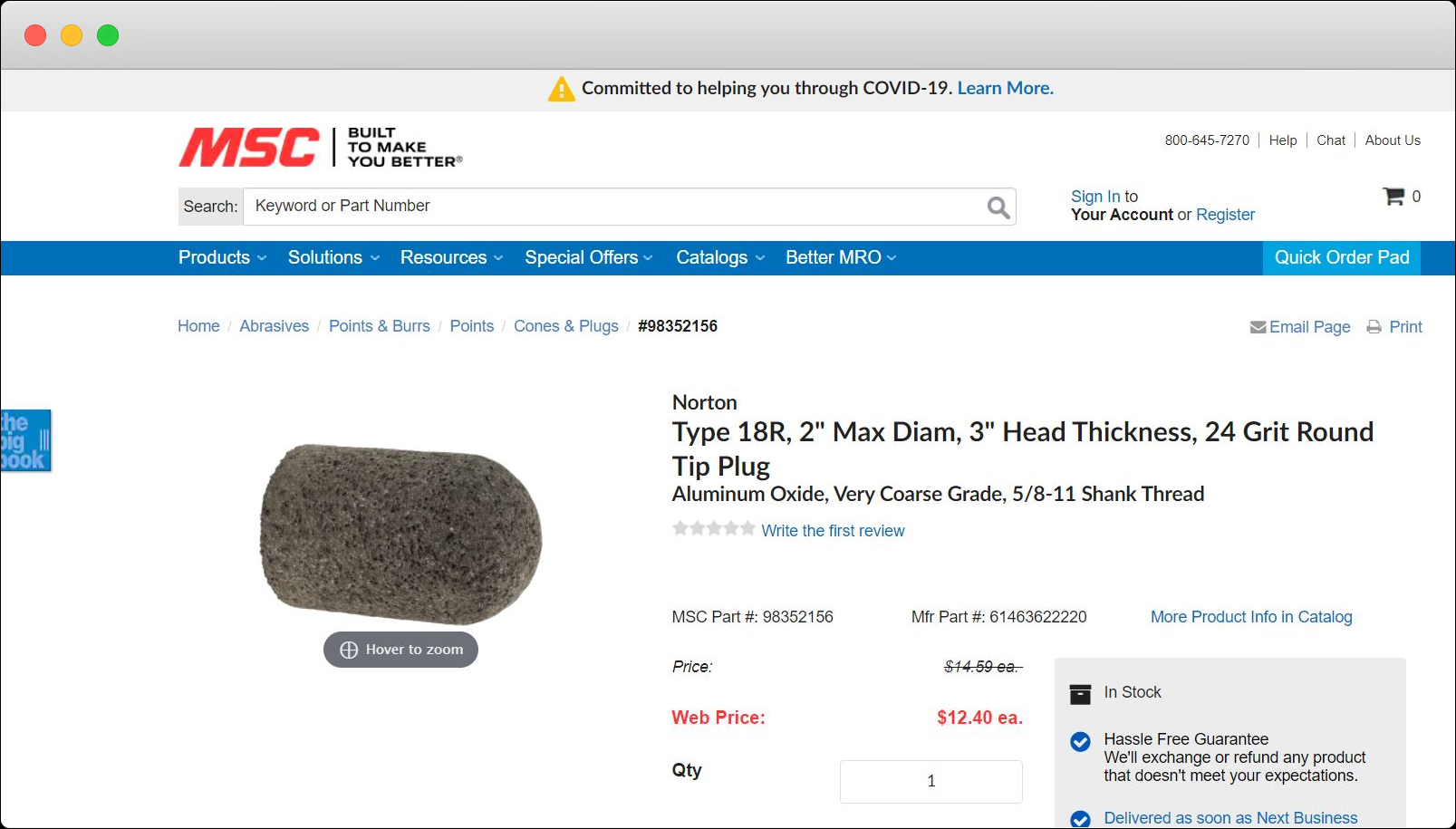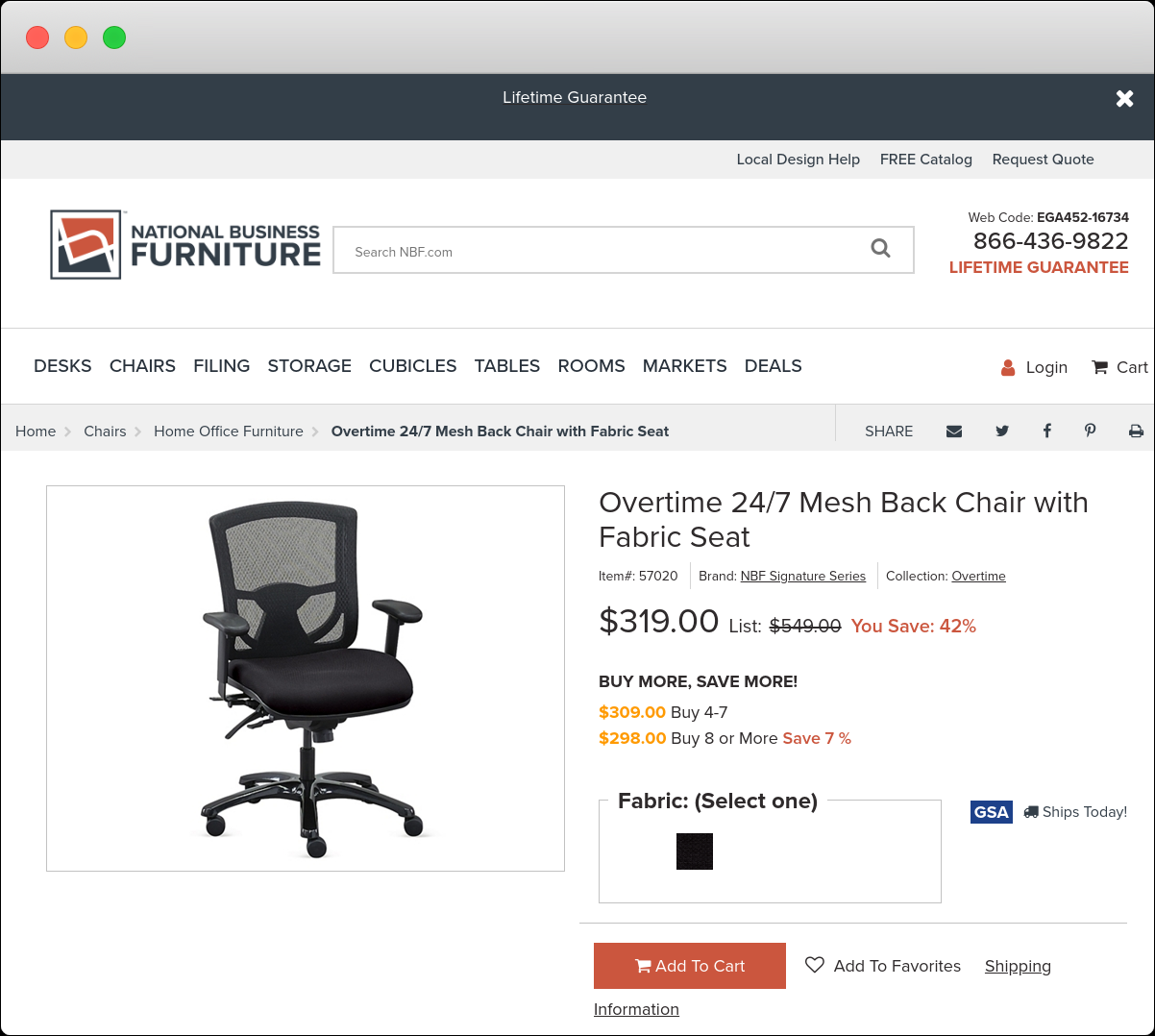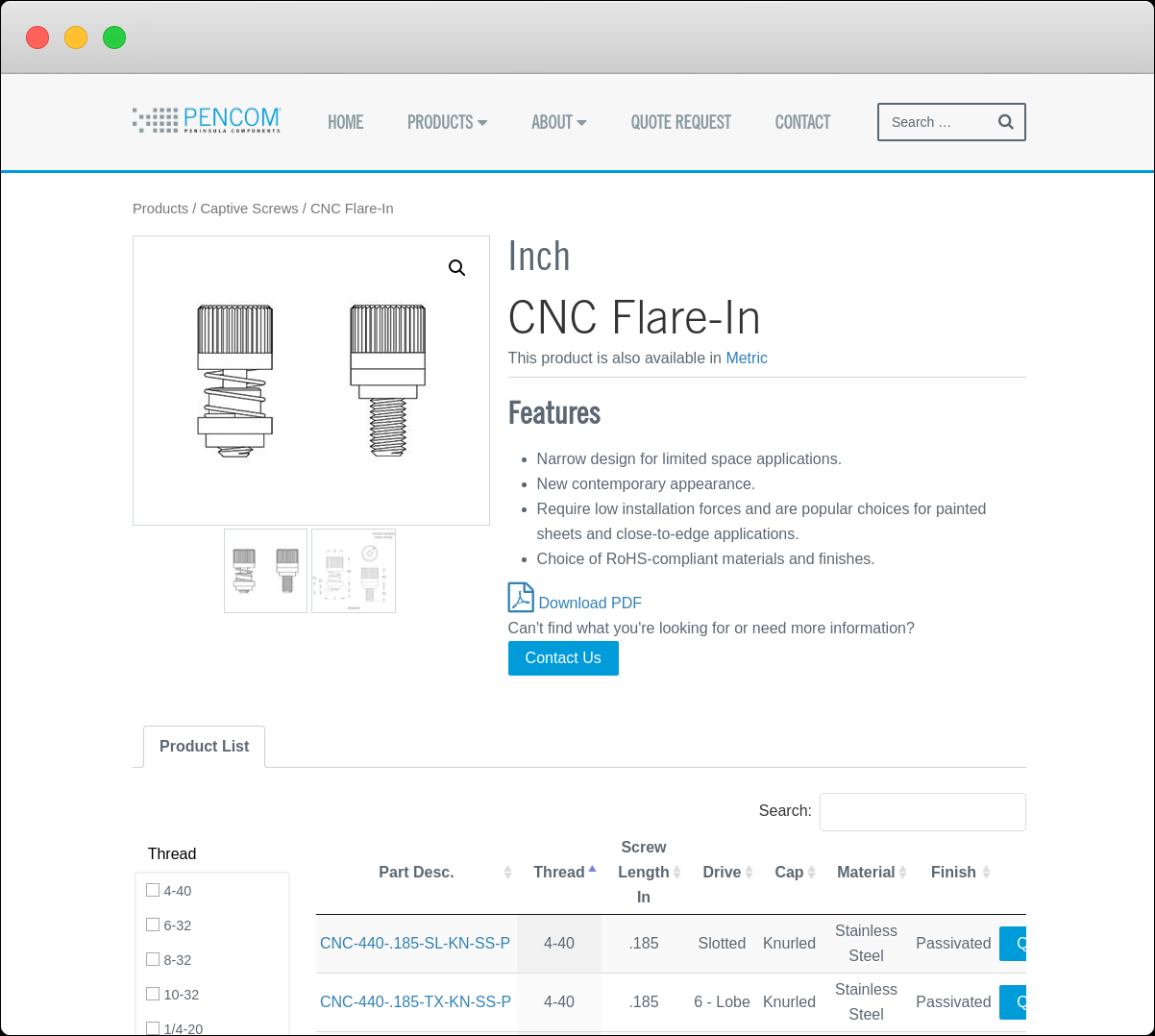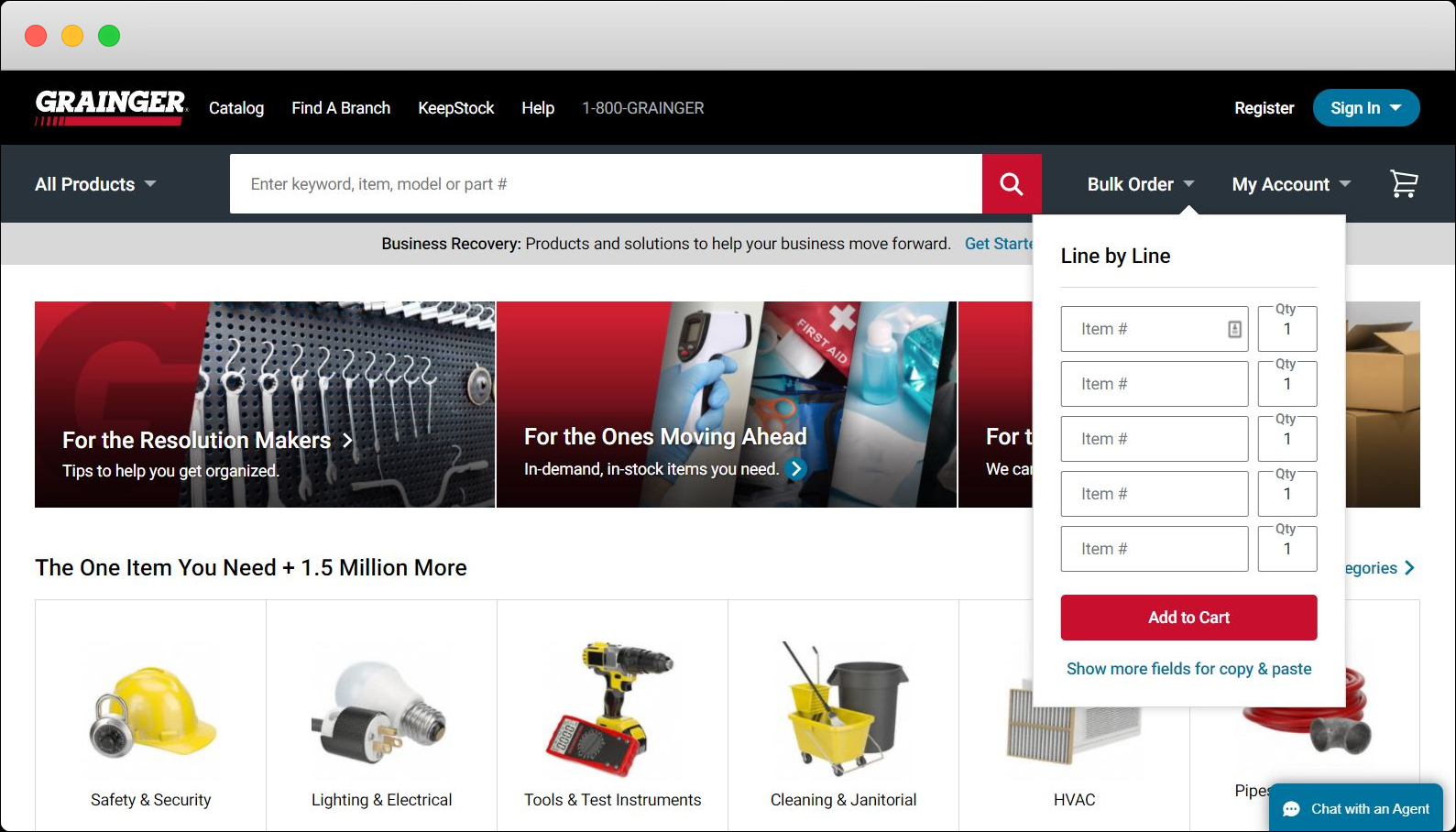What Are Examples of B2B E-Commerce Sites?

B2B e-commerce sites present many substantial benefits to buyers and sellers as both are able to fulfill their roles with greater efficiency. In the past, sales teams would spend excessive time placing and checking orders. With a B2B e-commerce site, more power is given to the customer to help streamline the sales process.
Buyers can browse a website at their own discretion and complete a purchase without a sales rep holding their hand. In turn, sales teams are freed up from mundane tasks and can spend more time on value-driving actions such as surfacing new and relevant products with customers.
[toc-embed headline=”Improving Product Discovery and Personalization”]
Improving Product Discovery and Personalization
As you’ll see in the examples below, B2B e-commerce sites significantly improve product discovery, especially for new items that previous customers are unfamiliar with. Before the more widespread adoption of B2B e-commerce sites, B2B sellers would give their customers a massive catalog of available SKUs, expecting them to trudge through it to find the products that meet their needs. B2B e-commerce sites eliminate this burden.
With a shoppable online catalog, customers have complete inventory visibility. Sellers are able to use the same tools available to B2C companies to personalize the shopping experience by displaying relevant cross-sells and upsells. Buyers can be served across a variety of channels, whether browsing for a new solution on a desktop or making a quick re-order via a mobile device.
[toc-embed headline=”Examples of B2B E-Commerce Sites”]
Examples of B2B E-Commerce Sites
MSC

The MSC website gives buyers an easy to navigate digital catalog that is broken down into a clear hierarchical structure. Also, MSC has a Quick Order Pad that can be used to add multiple items to your shopping cart at once.
MSC has recently partnered with Fabric to further improve the quality of their digital B2B shopping experience. The ongoing updates will enhance product discovery for buyers while further streamlining the checkout process.
National Business Furniture

National Business Furniture is another example of a B2B e-commerce site using Fabric to provide its customers a modern shopping experience. The search bar located in the header can be used to quickly surface products throughout the catalog. Product pages are designed to eliminate any friction and are very similar to what you’ll find on a B2C e-commerce website. Prices are clearly displayed for single units as well as bulk purchases.
PENCOM

The PENCOM website has a simple product catalog, a search function, and information about the company. Unlike the other sites on this list, the PENCOM website doesn’t have shopping cart functionality.
The website provides a great example of how a B2B catalog site can be transformed into an e-commerce site using a platform like Fabric. By incorporating microservices that enable personalization and custom pricing along with a shopping cart, PENCOM can streamline the buying process to allow customers to find and purchase new products with greater ease.
Grainger

Grainger is a great example of a B2B e-commerce site that simplifies the shopping experience for the customer. With the bulk order tool, you can drastically reduce the time needed to complete an order containing multiple products by adding several different products to your cart at the same time.
If you are restocking on replenishables and know the item # of the products that you need, you can enter up to five items at once, select the quantity, and add them all to your cart with a single click. By clicking “show more fields” you are directed to a bulk order page where you can add extra entry fields, enabling you to include even more products in your bulk order entry.
Get to Know B2B E-Commerce
B2B e-commerce sites continue to grow in importance as companies realize that the old method of selling is no longer effective. If you are interested in learning more about how B2B e-commerce works, we have put together an extensive guide detailing everything you need to know. This guide will be published soon. In the meantime, tweet us to get a raw version of it.
Tech advocate and writer @ fabric.